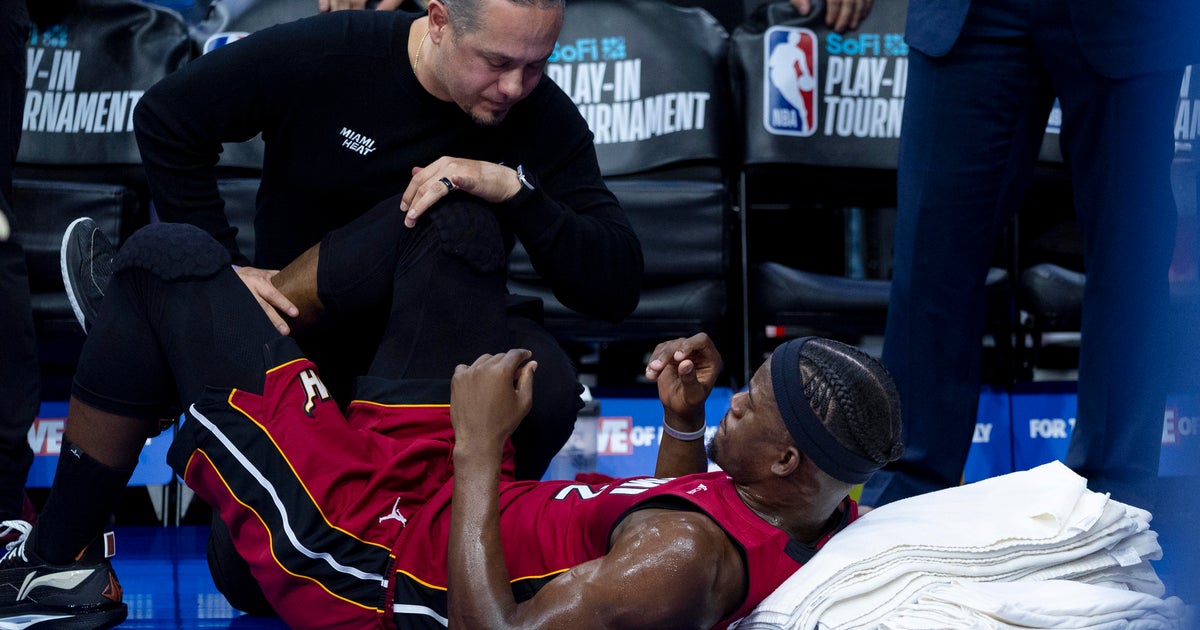Sandy Recovery Is A Slow Go
NEW YORK (CBS4/AP) - New York City is slowly rebounding but the lack of reliable mass transit and power is still hampering the recovery.
For a second day in a row, traffic was a nightmare entering Manhattan because mass transit was only running limited service. Thousands of commuters have no choice but to drive into the city. In an effort to alleviate some of the congestion, seven major routes into Manhattan are limited to vehicles carrying three or more people.
"I know it is an inconvenience for a lot of people, but the bottom line is the streets can only handle so much," said Mayor Michael Bloomberg.
Police set up checkpoints to enforce the restrictions including one temporarily near the George Washington Bridge. It created mass confusion because that route was not supposed to be restricted.
While the subways are running again no trains are going to lower Manhattan.
"It's the lifeline of the city. It can't get much better than this," said Ronnie Abraham, who was waiting at Penn Station for a subway train to Harlem, a trip that takes 20 minutes underground but 2½ hours on the city's badly overcrowded buses.
As many as 3000 commuters were forced to wait in long lines in Brooklyn to get a bus ride into the city.
More than 227,000 residents downtown still have no power. Despite it all, New Yorkers, hardened as they are, are easing back into their routines:
Thursday night Knicks versus Nets NBA opener at Brooklyn's brand new Barclay's Center has been postponed. But this weekend's New York Marathon is still on.
Bus lines Greyhound, MegaBus and Bolt Bus are running nearly normal schedules. Amtrak is still not serving New York City but has pumped water out of one Hudson River tunnel.
Northeast airports were all open but still have numerous cancelations.
Three days after Sandy slammed the mid-Atlantic and the Northeast, New York and New Jersey more than 4.6 million homes and businesses were still without power and the death tolled had climbed to more than 80 people. The death toll in New York City alone was close to 40. Police on Thursday said two brothers, ages 2 and 4, who were swept away Monday night when waves of water crashed into an SUV driven by their mother in Staten Island were found dead.
Nearly 20,000 people remained stranded in their homes by floodwaters in Hoboken, N.J., across the river from the New York, and swaths of the New Jersey coastline lay in ruins, with countless homes, piers and boardwalks wrecked.
Signs of the good life that had defined wealthy shorefront enclaves like Bayhead and Mantoloking lay scattered and broken: $3,000 barbecue grills buried beneath the sand and hot tubs cracked and filled with seawater. Nearly all the homes were seriously damaged, and many had disappeared.
"This," said Harry Typaldos, who owns the Grenville Inn in Mantoloking, "I just can't comprehend."
Most of the state's mass transit systems remained shut down, leaving hundreds of thousands of commuters to deal with clogged highways and quarter-mile lines at gas stations.
For more coverage of Superstorm Sandy:
- Click here for CBS New York
- Click here for CBS Philadelphia
- Click here for CBS Baltimore
- Click here for CBS Boston
- Click here for CBS Washington
(TM and © Copyright 2012 CBS Radio Inc. and its relevant subsidiaries. CBS RADIO and EYE Logo TM and Copyright 2012 CBS Broadcasting Inc. Used under license. All Rights Reserved. This material may not be published, broadcast, rewritten, or redistributed. The Associated Press contributed to this report.)



